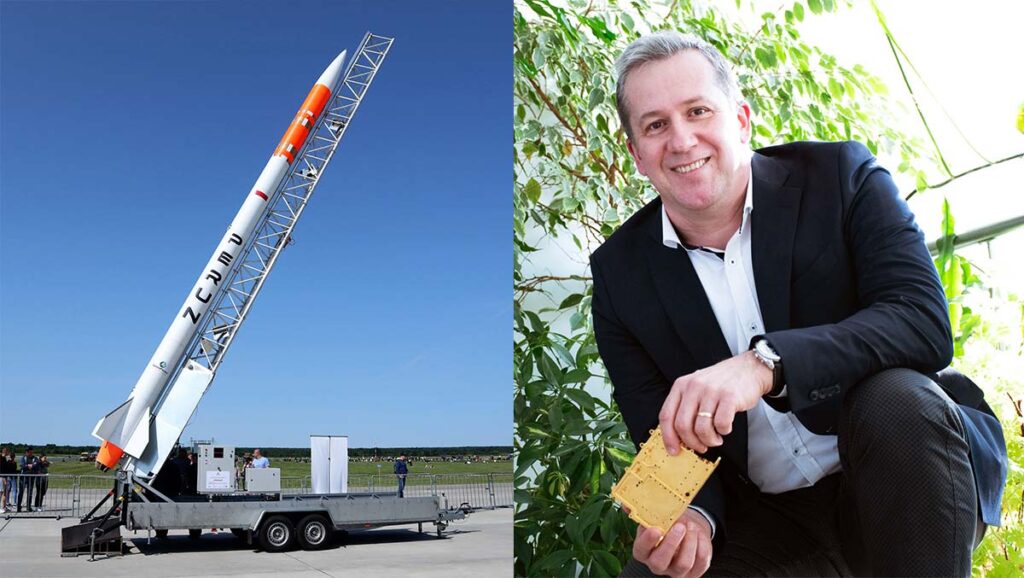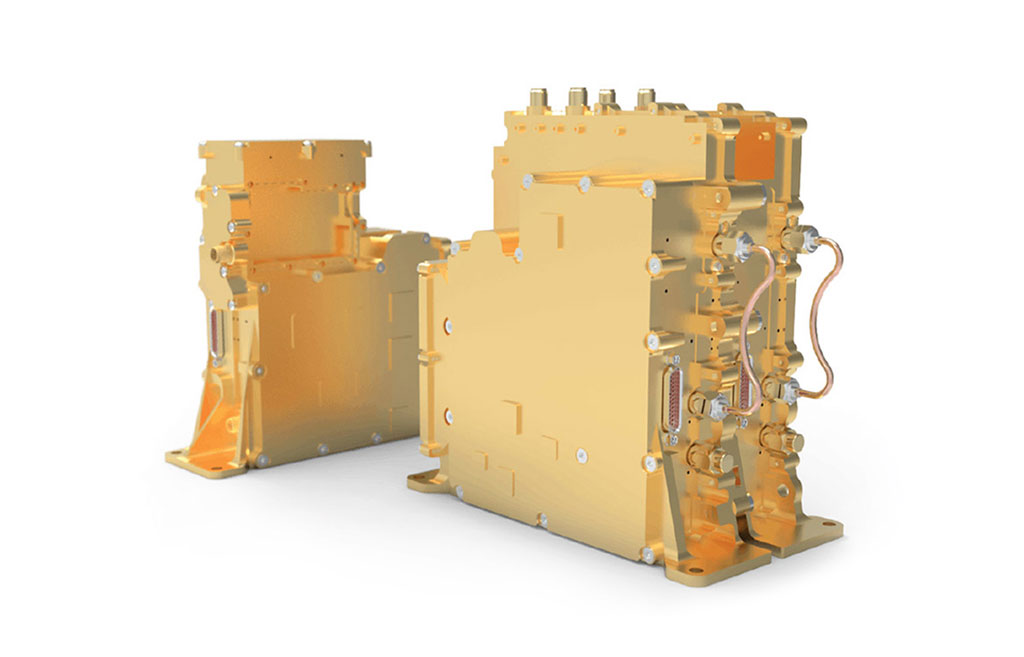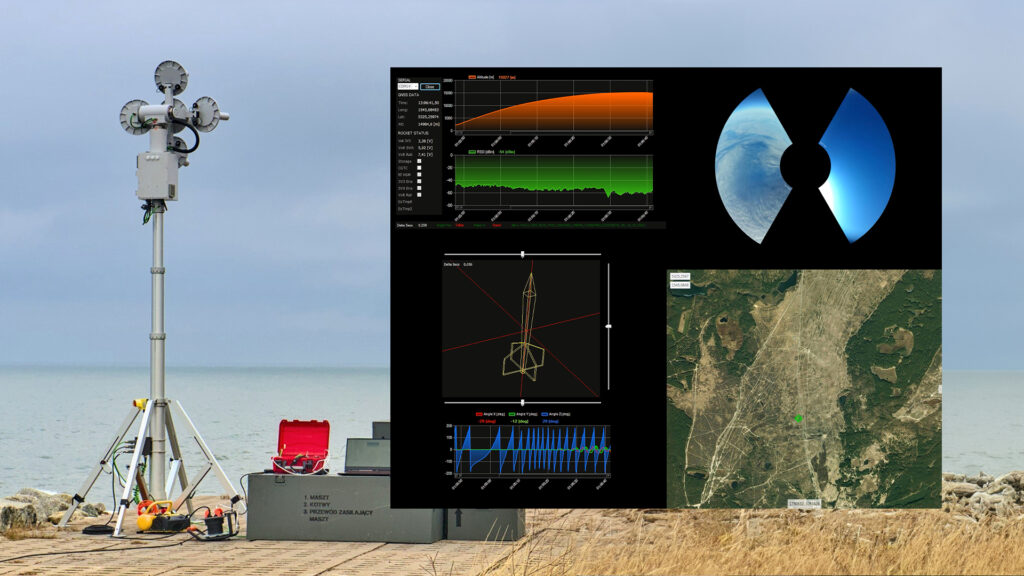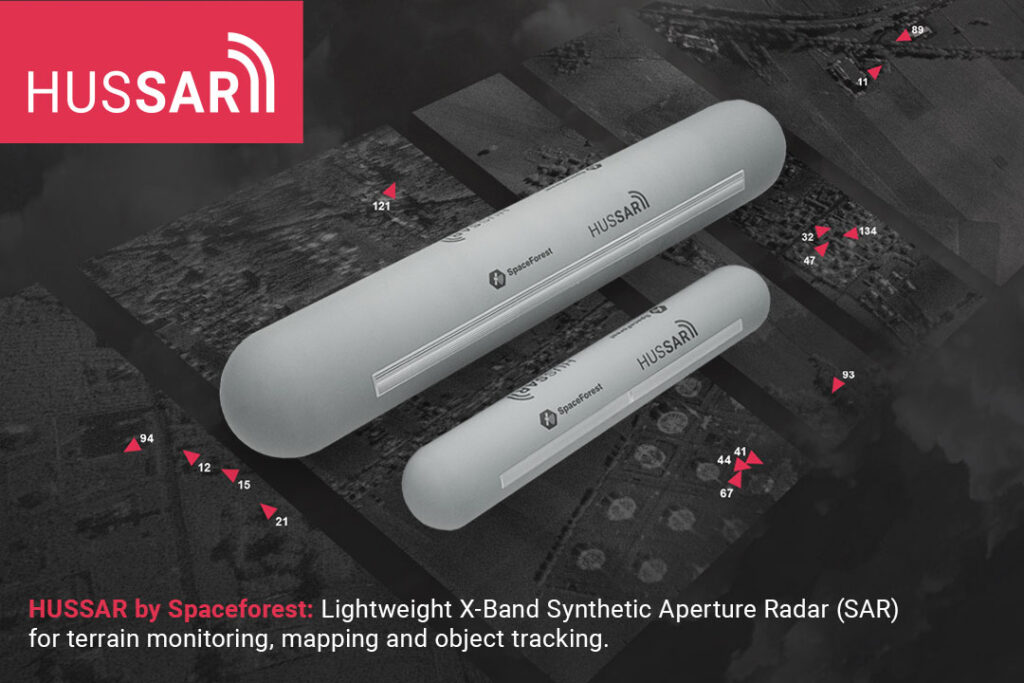We Should Invest in Space Technologies – Says Marcin Sarnowski from SpaceForest
We recommend the article published thanks to the involvement of Agnieszka Kubasik. The author is the editor-in-chief of the Mikrokontroler.pl portal, where she is responsible for editing texts, conducting interviews, creating video reports, and overseeing media collaborations and promotional campaigns.

The company was founded in 2004 in Gdynia. Initially, it specialized in servicing electronic devices for telecommunications base stations and developing software for tuning microwave filters using artificial intelligence algorithms. The company continued servicing devices until 2011 when equipment repairs gradually became unprofitable. Manufacturers were introducing new devices to the market before the old ones even had a chance to wear out. This trend motivated SpaceForest to seek new challenges.
When Poland joined the European Space Agency (ESA) in 2012, many companies saw a great opportunity to become pioneers of new space technologies in the country. SpaceForest was among them, identifying a niche in the market for advanced space electronics.
Marcin Sarnowski, Sales and Marketing Director, states that from the very beginning, new technological challenges have been the company’s mission and have shaped its development strategy.
Contract with ESA
“For the European Space Agency, we have completed projects such as a semiconductor amplifier and low-noise high-frequency generators, which are components of satellite transmission systems. We also worked on developing a test environment for the onboard data collection system for ESA’s JUICE mission,” said Marcin Sarnowski during our meeting at the company’s headquarters in Gdynia.
“Building such devices involves numerous technological challenges related to orbital conditions, which are entirely different from those on Earth. The designed equipment must function reliably in a harsh environment for many years since servicing them in orbit is simply impossible.”

The next step in the company’s development came in 2014 when it participated in the European DEWI project, part of the Artemis program, carried out by an international consortium of over fifty companies from 13 countries. In collaboration with Thales Alenia Space from Spain, one of the largest European space industry companies, SpaceForest developed a wireless sensor network to replace cable connections in the Ariane rocket, significantly reducing its mass.
The designed solution was tested on a rocket system consisting of the CANDLE2 sounding rocket and the RASEL autonomous tracking and communication system. Replacing a large portion of the rocket’s mass with a wireless sensor network resulted in huge weight savings, directly impacting the cost of launching the rocket into orbit.
Developing Its Own Rocket
“In the DEWI project, we created a technology demonstrator, but that’s when the idea started to form in our minds: we wanted to go even further. Our experiences led to a new concept, never before realized by a Polish company – the development and commercialization of our own space rockets. We secured funding from Poland’s National Centre for Research and Development. Although our primary activity remains the development of advanced electronics, over time, rocket technology has also become a significant part of our work.”
PERUN, Test Flights and Commercialization
The project culminated in 2023 with the construction of the PERUN rocket, which has already completed two test flights. These flights verified the performance of its systems, including the hybrid propulsion system, thrust vector control, communication systems, remote mission abort for safety reasons, and a full recovery system after mission completion.

“The PERUN rocket is designed to reach 150 km altitude. It is a suborbital rocket used for scientific and commercial missions. Thanks to its innovative functionality, it is expected to become a highly competitive choice in its market segment.”
In 2024, the European Space Agency, through the BOOST! program, granted €2.4 million to support the commercialization of services aboard the PERUN rocket. According to Marcin Sarnowski, the company aims to start regularly offering suborbital flight services within two years.
Microgravity Research
“The ability to carry about 50 kg of payload to 150 km altitude allows for conducting experiments in microgravity and during rocket launch. These could include biological and metallurgical experiments, as well as electronics testing.
In microgravity, different processes occur—cells may develop differently, and metal alloys may fuse in ways not possible on Earth. By recovering critical parts of the rocket after flight, we can offer more affordable research opportunities. Compared to research on the International Space Station, our alternative is much more cost-effective,” assured Marcin Sarnowski.

Safe Landing
The PERUN rocket has a diameter of 45 cm and a length of 11 meters. A significant portion of the rocket consists of the propulsion system and fuel tank, but there is ample space for experimental payloads—the payload bay itself measures approximately 80 cm in length.
Designed for reusability, the suborbital mission includes not only the rocket’s launch but also its safe return to Earth. Both the payload and the fuel tank are recovered, landing on parachutes in a designated area.
The tank can be reused after replacing a few components and refueling, making the system economically and environmentally sustainable, while also preventing debris from polluting the sea.
Is Investing in Space Worth It?
“Poland is only beginning to explore space technology development, but I see no alternative—we must do it.
In a military conflict, when reconnaissance from orbit is needed, we cannot rely solely on other countries to provide us access to their rockets. We must have our own capabilities, and cost considerations should not hinder efficiency and, consequently, national security.
Today’s economic and military advantage is built on Earth observation technologies and radar imaging of physical phenomena or human activities. It is worth investing in them.“
Synthetic Aperture Radar and More
The latest solution from SpaceForest in advanced electronics is the HUSSAR radar. It is an advanced radar system utilizing Synthetic Aperture Radar (SAR) technology for Earth surface imaging. Its applications include monitoring forested areas, detecting changes in infrastructure, and observing hard-to-reach locations. With high resolution and the ability to operate in various weather conditions, it can be used for civil, military, and environmental purposes. The system is also effective in detecting geological anomalies and supporting rescue operations. Its compact design allows for integration with various aerial platforms, increasing its versatility.

Thanks to high resolution and operation under various weather conditions, it can be used for civil, military, and environmental applications. The system also excels at detecting geological anomalies and supporting rescue operations.
Its compact design allows integration with various aerial platforms, enhancing its versatility.
“HUSSAR, mounted on an aircraft or drone, can scan large areas and generate images regardless of visibility. It works in cloudy, rainy, and nighttime conditions. Thanks to antenna stabilization, the radar ensures stable and precise imaging even in windy conditions.”
Clean Room and Satellite Cooperation
SpaceForest has its own electronics assembly line and cleanroom facilities for radar and space projects.

In January 2024, SpaceForest signed a cooperation agreement with RADMOR, establishing a foundation for future ventures in satellite platform development, including onboard sensors, communication systems, and national cryptographic solutions.
